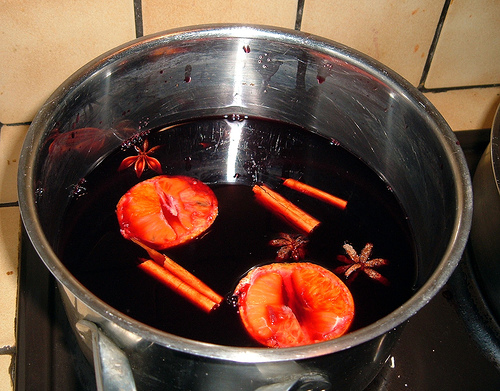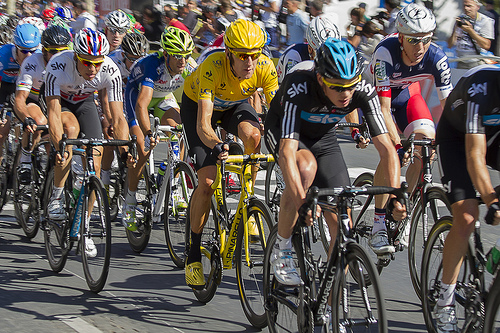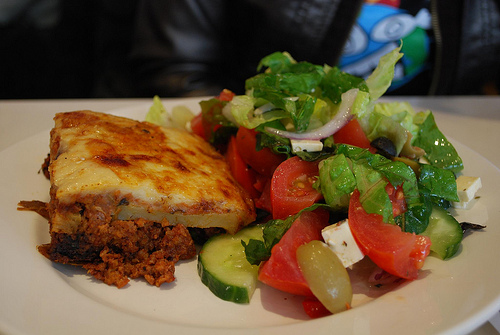With all the hustle and bustle of Christmas Markets, comes the festive smell of Mulled Wine. This week’s recipe is going to show you how to make your very own winter warmer.
What you will need to make this Classic Mulled wine:
- Bottle of red wine
- 2 Cinnamon sticks
- 1 dessertspoon whole cloves
- 1 dessertspoon whole allspice
- Nutmeg
- 3 Cloves
- A Bay leaf
- 1 large piece of Orange Rind (without the pith)
- 1 large piece of Lemon Rind (without the pith)
- Add sugar until required taste is achieved
How to make it:
Place a saucepan over a medium heat; add the red wine, both cinnamon sticks, lemon and orange rind along with the cloves, Nutmeg and of the allspice. Warm through but do not bring to boil. Stir in 2 tablespoons of sugar and taste once dissolved. Add more sugar if necessary until desired taste is achieved.
Leave this on a low heat for 20 minutes to let the combination of ingredients and flavours mix well into the wine.
This is now ready for serving; it goes great with a mince pie.
Enjoy!
Image courtesy of Flikr user – Chatirygirl’s





